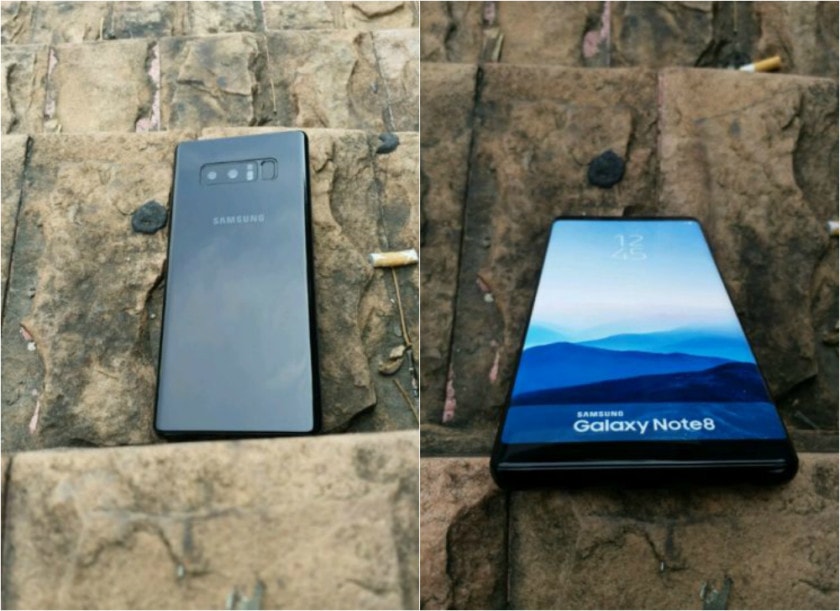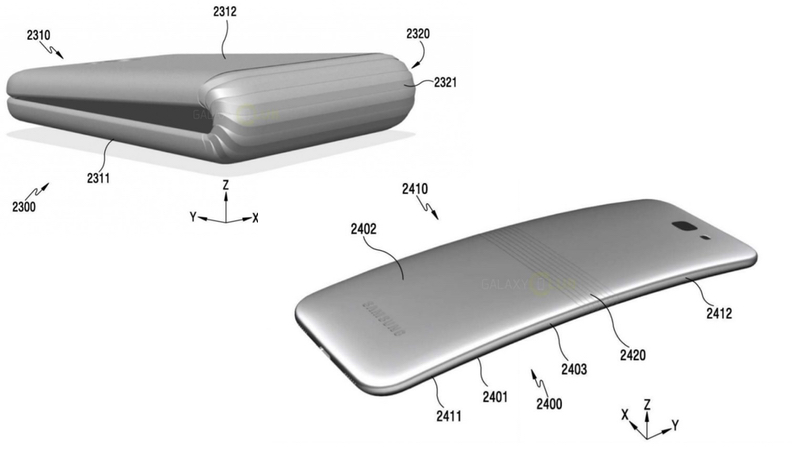By
The slate computer was once pegged as the ultimate laptop killer, but something changed
As lockdown started in 2020, there was a huge demand for tablets, as Covid-19 and lockdown forced people around the world to work, learn and entertain themselves at home. This actually bucked a declining trend in sales that started in 2016. But why is this? And what does it mean for digital marketing?
The marvellous, lovely, coveted tablet. The advent of the tablet even changed the usual meaning of the word ‘tablet’, from a medicinal aid (or even Scottish confectionery) to an electronic device we’d never dreamt of before they burst onto the market back in 2010.
The tablet truly laid much of the foundation for changing the way we embrace digital. However, now mobiles are larger and easier to use, I would argue the tablet is becoming less and less relevant. Sales are decreasing again after a ‘lockdown bounce’ and the form factor will start sliding into oblivion in 2022, to be fondly remembered for helping us change how we use digital devices, like the iPod did.
Sales trends
The initial success of Apple’s iPad encouraged other companies such as Samsung and Huawei to develop and release rival tablets. However, according to Statista, after sales peaked in 2014, the global demand for tablets then began to decrease. In 2022, worldwide tablet sales are forecast to reach 158 million units, a significant decrease from the 230 million units in 2014.
IDC data confirms this. The analyst house said in November 2021 that after five quarters of growth, driven by schools and governments blowing their budgets to provide devices for remote learning and consumers aggressively purchasing devices for learning during 2020, global tablet shipments recorded a 9.4% year-over-year decline, falling to 42.3 million units.
Tablet sales grew during lockdown year due to many reasons (their versatility, PC component shortages and a comparatively low price), but are again declining.
Evolution
So, what’s happening to a device so many of us thought we couldn’t do without? One reason is that many devices are evolving all of the time and it’s inevitable that these changes will enable them to move into territory previously occupied by other devices.
Laptops are getting even more powerful and with better graphics. But what is also happening is they’re getting smaller, thinner and lighter. And the edges around the screens are also disappearing, resulting in bigger screens. The result is something like a tablet, but potentially more powerful.
And whilst laptops are getting smaller, smartphones are getting increasingly good at performing tablet tasks, such as streaming. Smartphones screens are getting larger, whilst the devices themselves are also getting thinner and lighter.
In 2022, Statista forecasts that just 220 million phones with a screen size between 5” and 5.5” will be sold – that figure sat at 305 million in 2019. For phones with screens between 6” and 7” the 2022 forecast is for 660 million sales, against only 465 million in 2019.
The quality of mobile screens is also getting much better, with much improved resolution. In fact, this evolution has enabled the digital world to gift the English language yet another new word, the ‘phablet’.
As well as the above changes, the smartphone is always on or about you, it’s not so easy with a tablet (though some users might need bigger pockets!) and, according to the Interaction Design Foundation, they are now the preferred platform for users aged between 18 and 34, possibly because they are more likely to be ‘out and about’.
Gaming is huge, of course, and really needs a PC or console to be immersive. However, gaming on the move is more accessible for many on a smartphone; although tablets are still better, smartphones are, as previously said, much more accessible and easier to carry.
Digital marketing
Across a sample of our clients, we’ve seen a decline in the use of tablets to access websites of up to 31% from November 2020 to November 2021. This will give digital marketers much to think about. The user experience is different between tablets and smartphones, it’s not simply a matter of scaling down a site for a phone; with a smaller screen some functionality will need to be different, with less space on a screen.
There will be implications for campaign targeting when buying media. Who is using smartphones compared with laptops and tablets, for example? In which demographics is the decline of tablet usage taking place that needs addressing quickly? And what will be the implications for CRO assumptions made in the past? These will need to be looked at again due to changing user habits as they move from tablet to mobile.
And ‘more smartphone, less tablet’ increases the headache for marketers using Facebook. Updates to Apple iOS 14 change how marketers can receive tracking data from tools such as Facebook pixel. In an effort to move towards the App Tracking Transparency framework, Apple’s new policy blocks some data collection for brands and puts the emphasis on users to opt in to tracking on their device. Whilst responsible data collection and privacy is admirable, it does cause a ‘blocker’ for digital marketers that have relied on that data to optimise and target their ads and create personalised experiences. Overall, the move towards more mobile and less tablet means marketing to target audiences becomes more restrictive. However, there are some ways around this.
Old tablets never die…
Tablets won’t disappear altogether. They still have many applications that will be useful to marketers and many others; tablets are great for keeping toddlers happy, for example.
They are also great for professionals working in the field, where shop workers can show customers alternative designs and how items will look in certain situations more easily than with a smartphone. They are better for long sessions staring at a screen than concentrating on a smartphone’s relatively smaller screen. And for collaborative experiences, such as choosing new décor or a new car, tablets more likely to be used in the home.
Above all, it’s a trend that marketers must be aware of. If they are, they can take the opportunity now to help customers take advantage of slick smartphone advertising, websites and applications. No-one wants to aim their goods and services where fewer and fewer are looking.
Feature Image credit: Shutterstock.com / Lordn
By
Craig is the CEO of Ultimedia and has been driving digital innovation for enterprise organisations with digital strategy since 1997. He has been instrumental in the growth of many digital businesses, including multiple digital agencies, publishers such as Guardian Media Group and Trinity Mirror, plus high profile organisations in the sport, finance, retail and ecommerce sectors.








